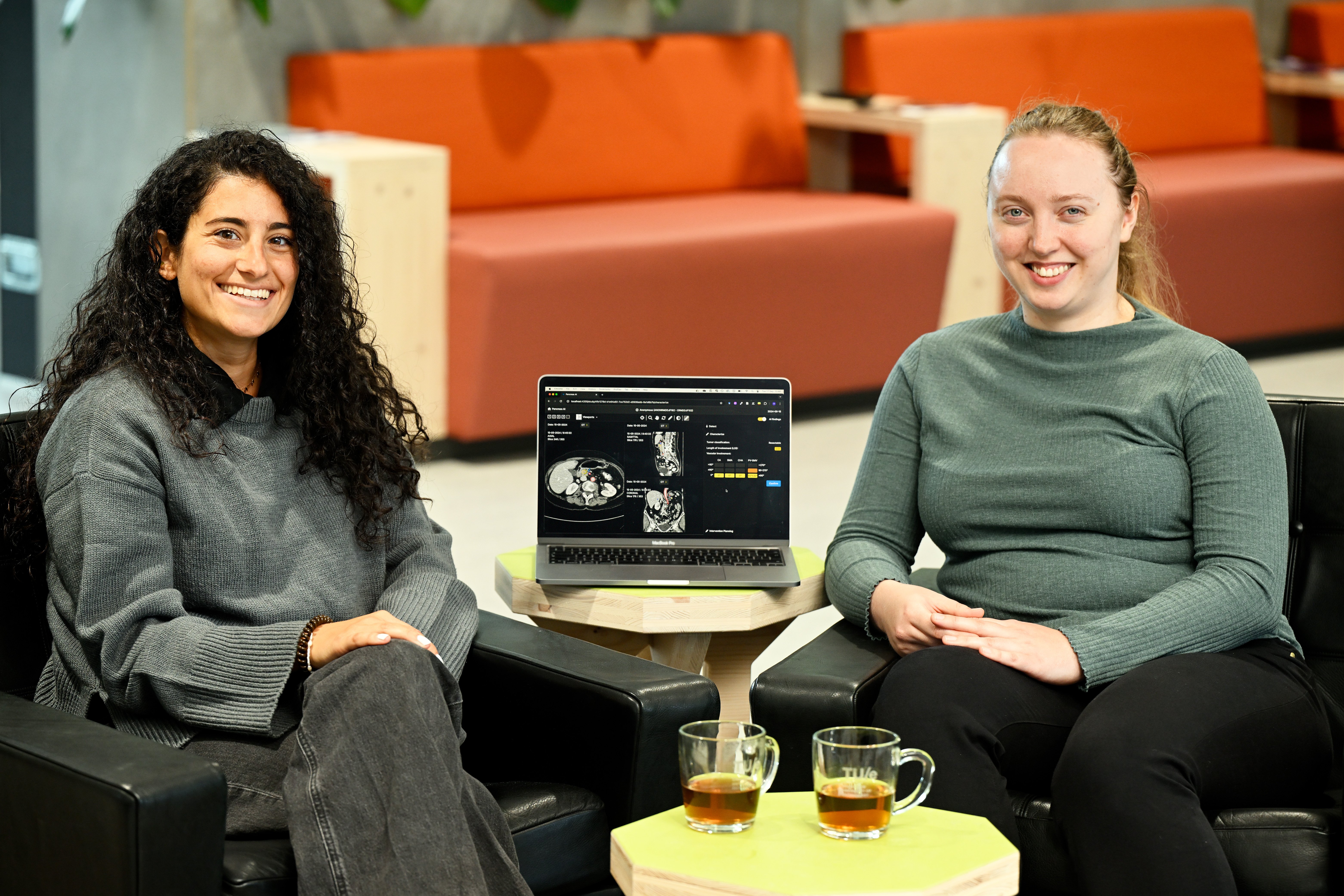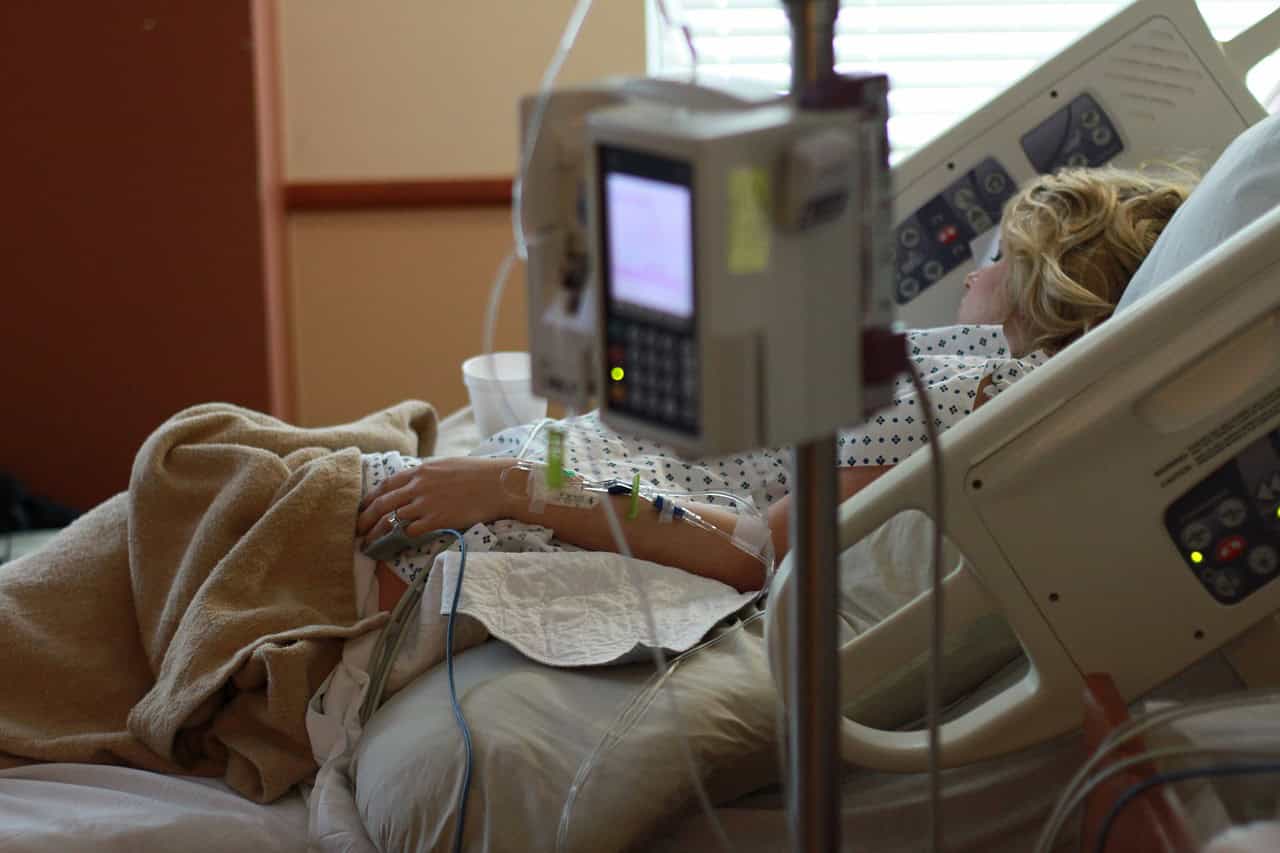
Three-dimensional imitation tumors can help to test anti-cancer drugs more accurately. The 3D models can mimic a micro-environment which encounters cancer cells present in the human body.
The EU-funded project should ultimately lead to improved cancer treatment. The problem in developing drugs against this disease is that 90% of medicines that are rated as good in pre-clinical trials fail to work in humans. This is due to the current testing methods. These are often based on spreading cancer cells on flat culture surfaces in order to determine the response to a new drug.
The human body is complex
This situation differs from the conditions in the human body, where the situation is far less clear. Because there is a complex environment here that has an enormous influence on how cancer cells react to external stimuli. The EU project Forecast seeks to minimize the difference in conditions between the traditional test method and the actual conditions inside the human body. This is done using realistic 3D tumor models. The imitation tumors are made from biomaterial such as collagen, silk fibroin and gellan gum in combination with various healthy cells as well as cancer cells.
The team’s work is based on knowledge that the Portuguese research group 3Bs at the University of Minho already have. In addition, advanced technologies such as microfluidics and bioprinting are used. Project coordinator Rui Reis expects that the 3D tumour models will be instrumental in the prognosis and recovery of cancer patients.
Early stadium cancer
Forecast has developed a real-time model for the various stages of cancer. From the formation of a tumor to its spread to the surrounding organs. This breakthrough enables researchers to treat cancer at a very early stage of the disease and closely monitor its progress.
In another important development, the project team has identified a component of a molecule in breast cancer patients. These findings can be used to track people who are most vulnerable to the disease.
Faster testing of medicine
Forecast’s 3D models will be used by pharmaceutical and biotech companies to expedite and improve drug testing. The project’s results should also lead to more tailored treatments for individual patients. This will improve upon the current standardized approach to chemotherapy.
“In the near future, the Forecast team will include patient-derived cells in their 3D tumor models. These can be used by oncologists or hospital-affiliated laboratories. These personalized drug models are capable of screening various combinations of drugs more efficiently and in a shorter amount of time,” Reis explains.








